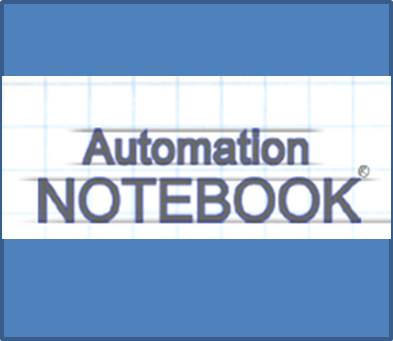NEXTChem Process Analyzers, LLC produces chemical process analyzers for industries such as metal treatment, metal finishing, chemical, wastewater, and pulp and paper. The analyzers automate laboratory measurements used for process control. Some of NEXTChem’s customers include a large aerospace company who uses the analyzer for measuring caustic cleaner for jet engine parts, and a major steel manufacturer who uses it for measuring sulfuric acid in coke oven scrubbers.
Conductivity and pH
Conductivity and pH sensing are the traditional methods for measuring and controlling chemical processes. However, neither of these methods is capable of providing exact chemical concentrations, which severely handicaps the ability to provide useful process control. Laboratory measurements performed with process analyzers are generally one of two types: titration or standard addition. Titration is a measurement technique that uses a chemical reaction to determine a chemical concentration. Standard addition is a measurement technique that uses the response of an ion selective electrode to determine a chemical concentration. Both of these measurements provide precise information on the chemical process and greatly reduce the amount of time it takes, from hours to only minutes, to report chemical measurements.
One customer of NEXTChem is a medical device maker who uses the analyzer to monitor cyanide destruction. Cyanide is used in a metal plating process at the customer’s facility, and the local municipality has a strict limit on the amount of cyanide that can be discharged into sewers. The analyzer is used to confirm that all cyanide is removed from the wastewater before it is discharged into the sewer.
The NEXTChem Basic OMNIChem process analyzer is comprised of AutomationDirect’s DL205 PLC system using a WinPLC CPU and H2-SERIO modules, along with digital and analog I/O modules. The WinPLC is programmed with Entivity Studio software. “The Entivity software makes it possible for non-programmers to create very complex programs, and the DL205 system was small, but powerful enough to be used in our analyzers,” says Tim Pearson of NEXTChem.
The process begins with a D2-TD2-2 digital output module used to activate pilot solenoids, which send air pressure to sample valves, allowing fresh samples into the analyzer. The H2-SERIO module then sends ASCII commands to a stepper motor controller that activates stepper motors in the analyzer. The stepper motors are connected to pumps that control the proper amount of reagent required for the cyanide analysis.
Next, the cyanide ion selective electrode measures the amount of cyanide present in the sample. This concentration is converted into a voltage signal, which is sent to a voltage-to-current converter. The current signal is brought into an F2-08AD-1 analog input module. The WinPLC performs all the necessary calculations to determine the concentration of cyanide present in the sample. Once determined, a signal that represents the concentration of cyanide is transmitted to a SCADA system.
NEXTChem’s customers have enjoyed several benefits from the new system, including lower system costs and faster measurement speed. Tim Pearson of NEXTChem says, “The high quality and low cost of parts from AutomationDirect have enabled NEXTChem to move our process analyzers into the next generation of process control. NEXTChem had considered a proprietary controller using C++ programming; however, the ease of programming offered by the WinPLC enabled bringing the product to market six months earlier than anticipated, and at a lower cost.”
By ADC Editorial Staff
Originally Published: Dec. 1, 2007


